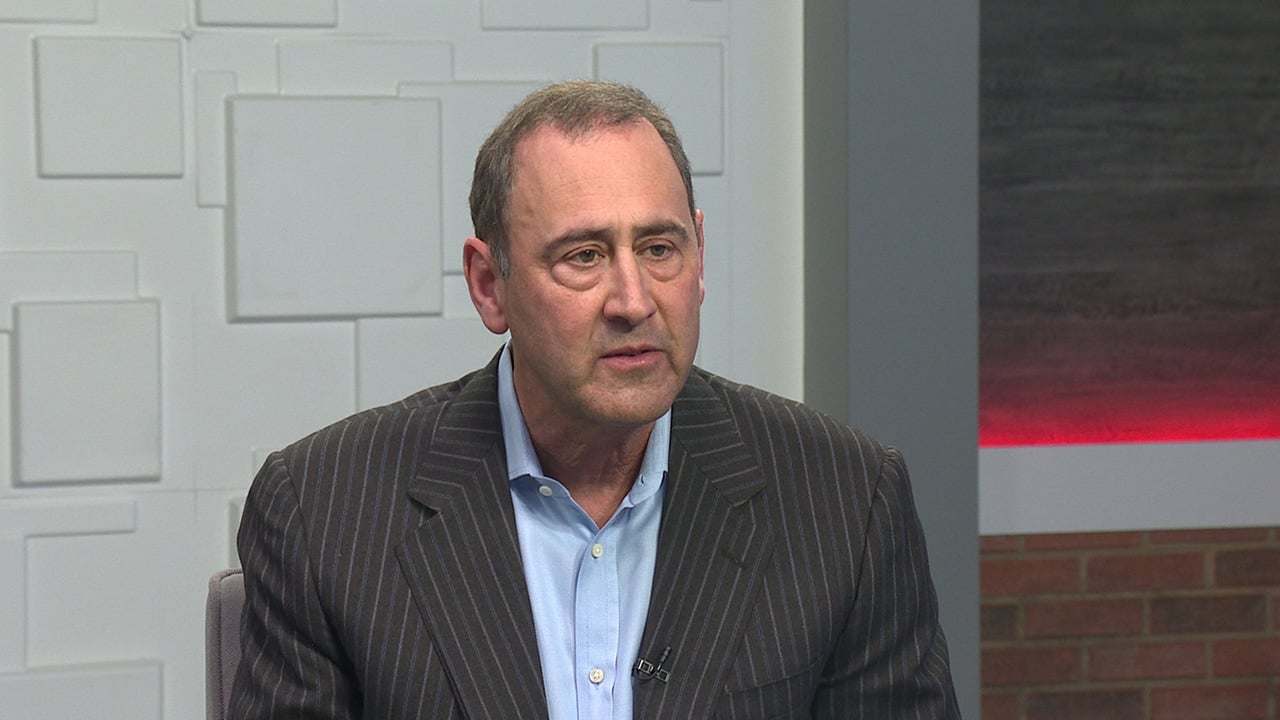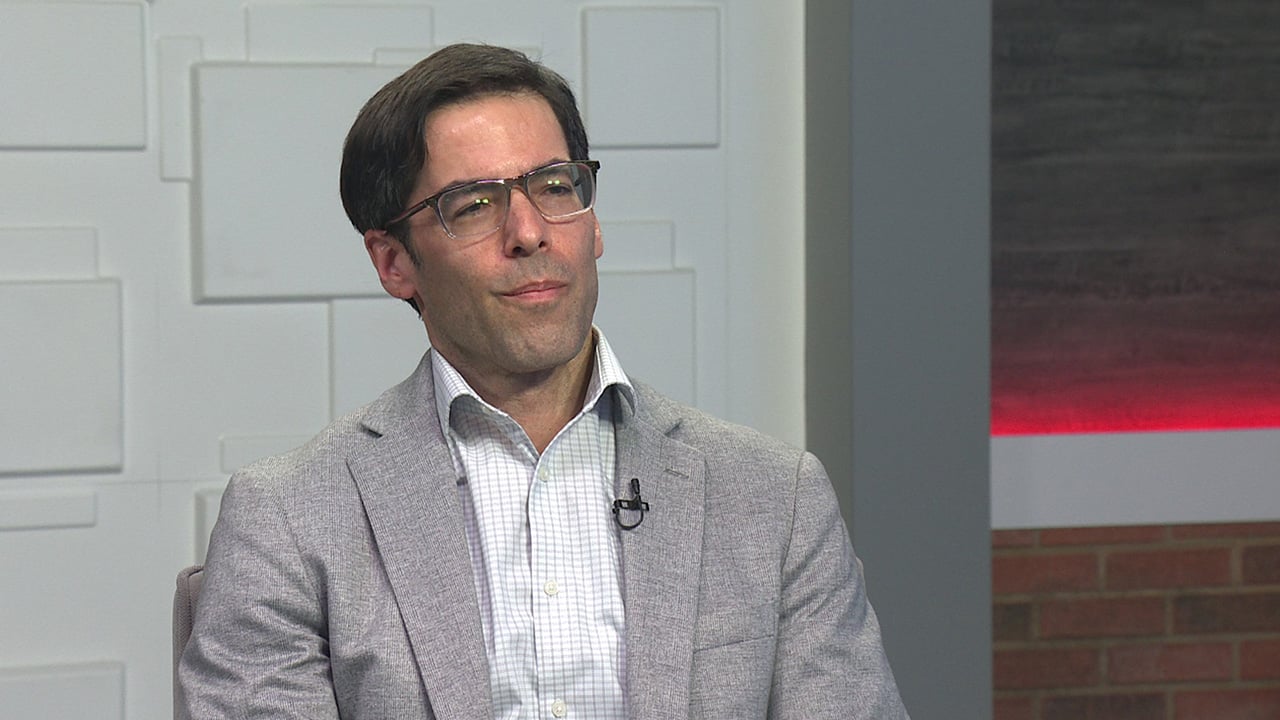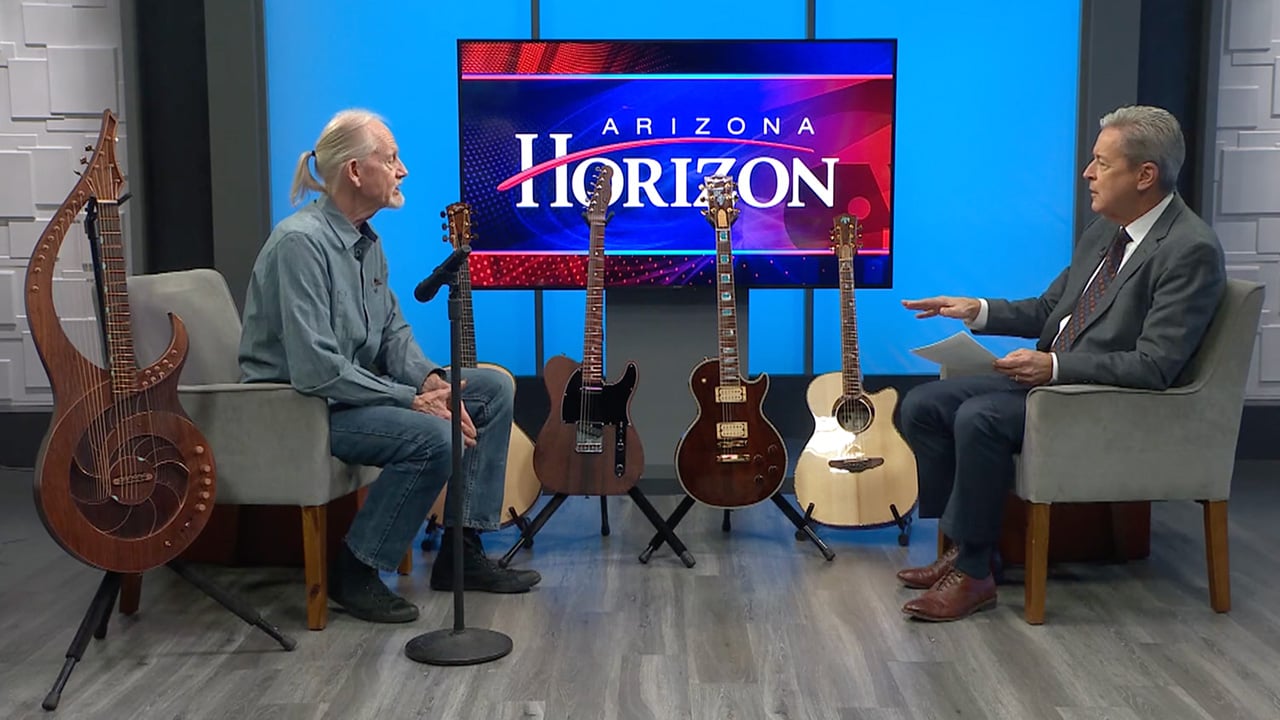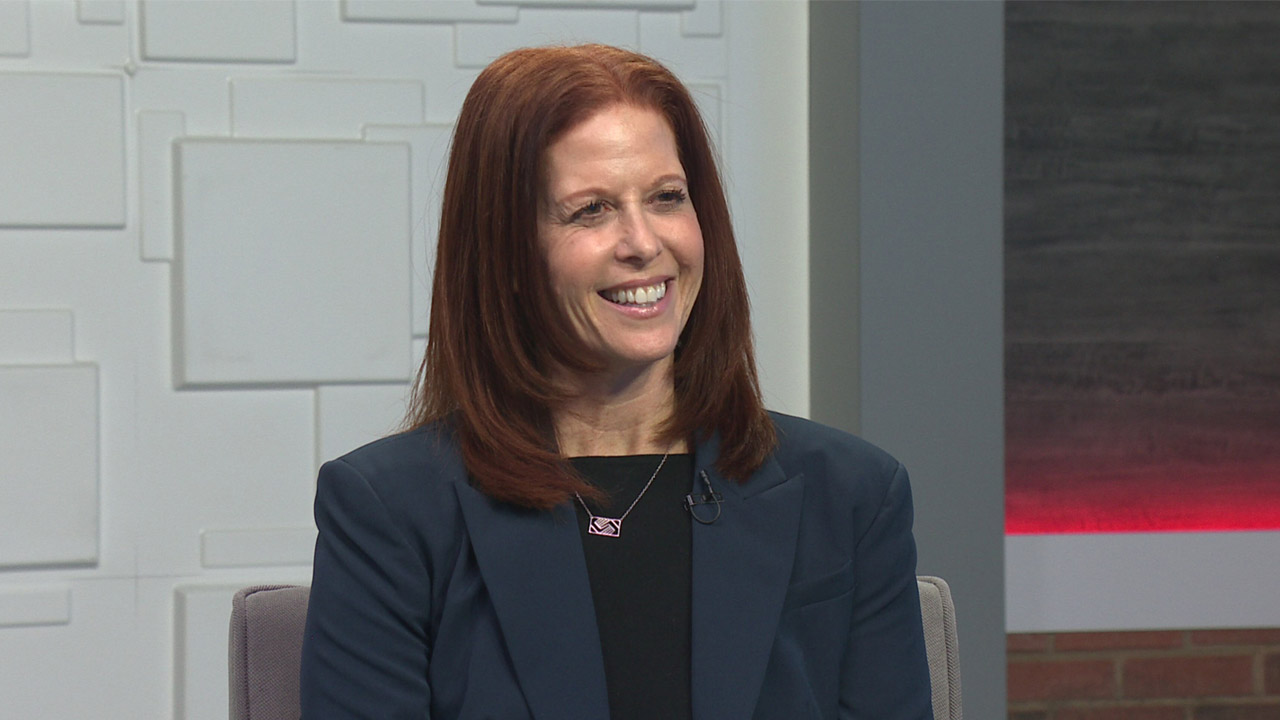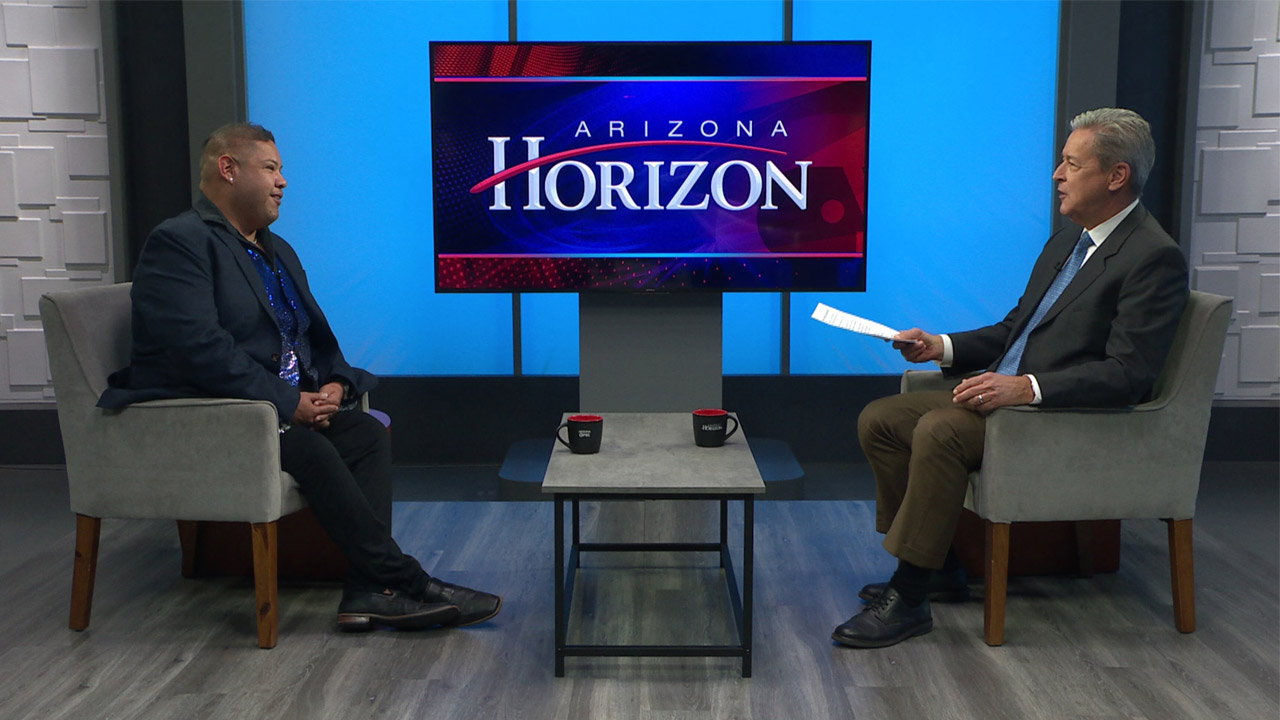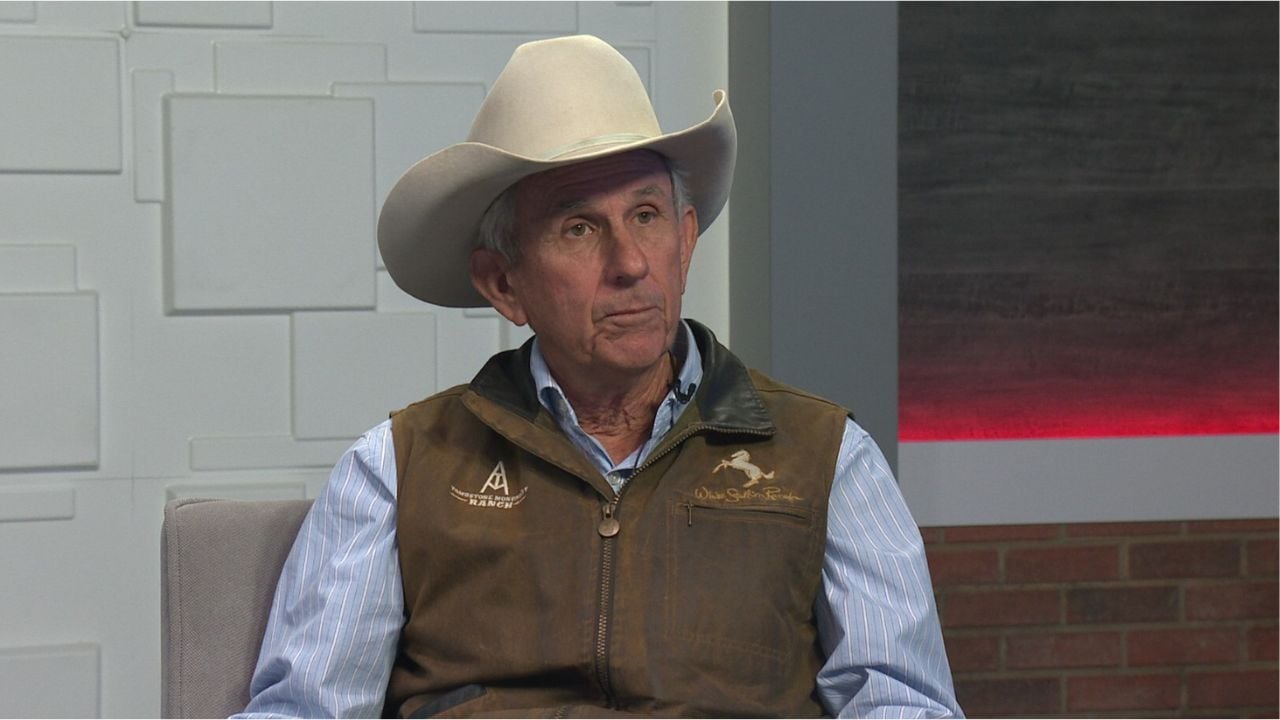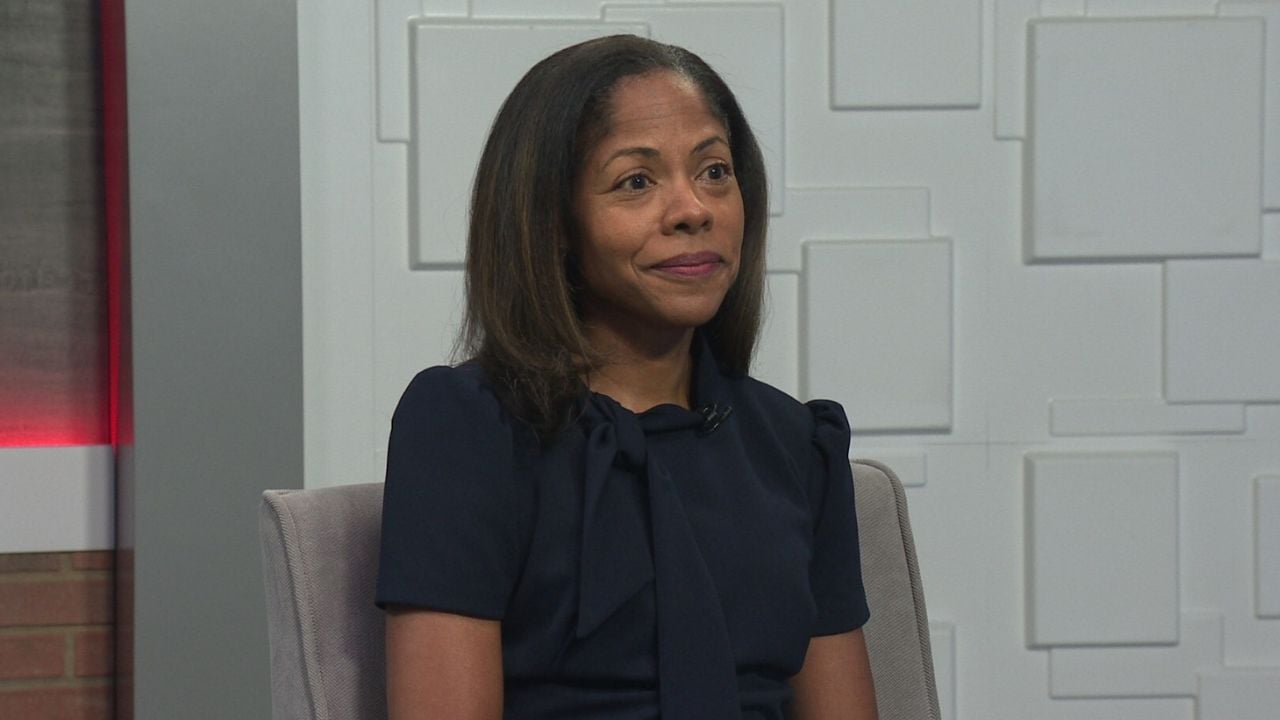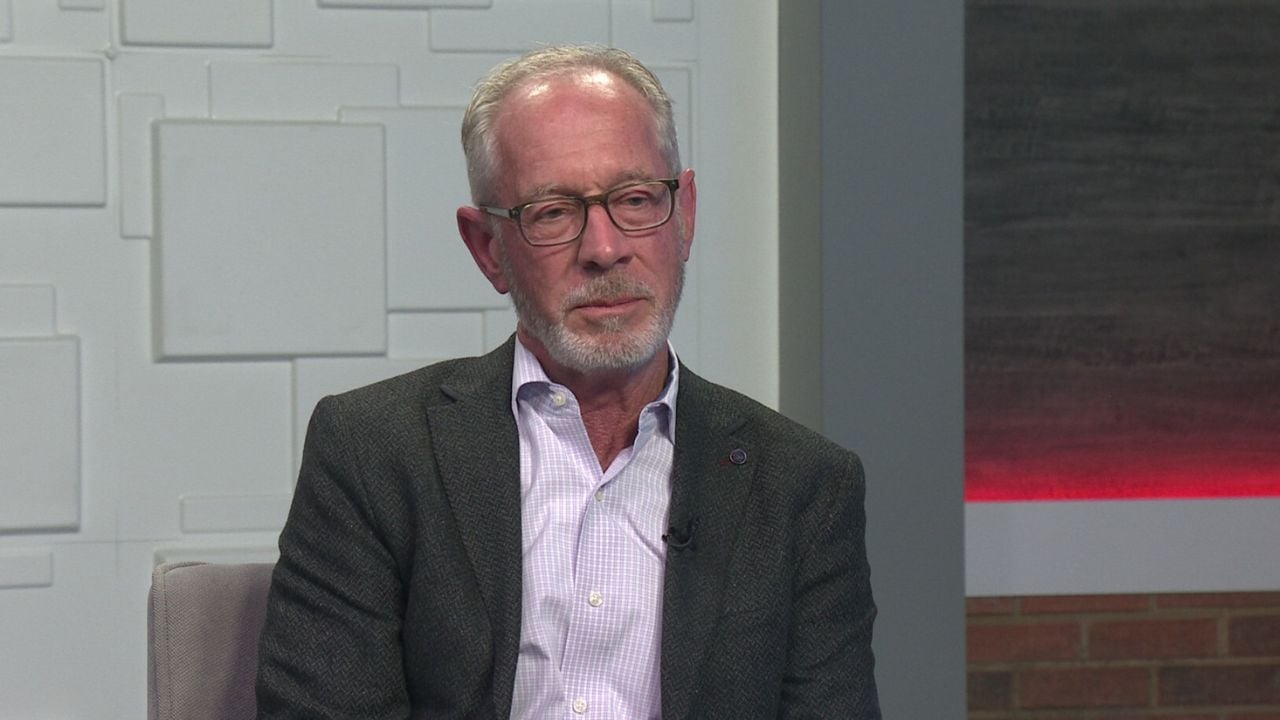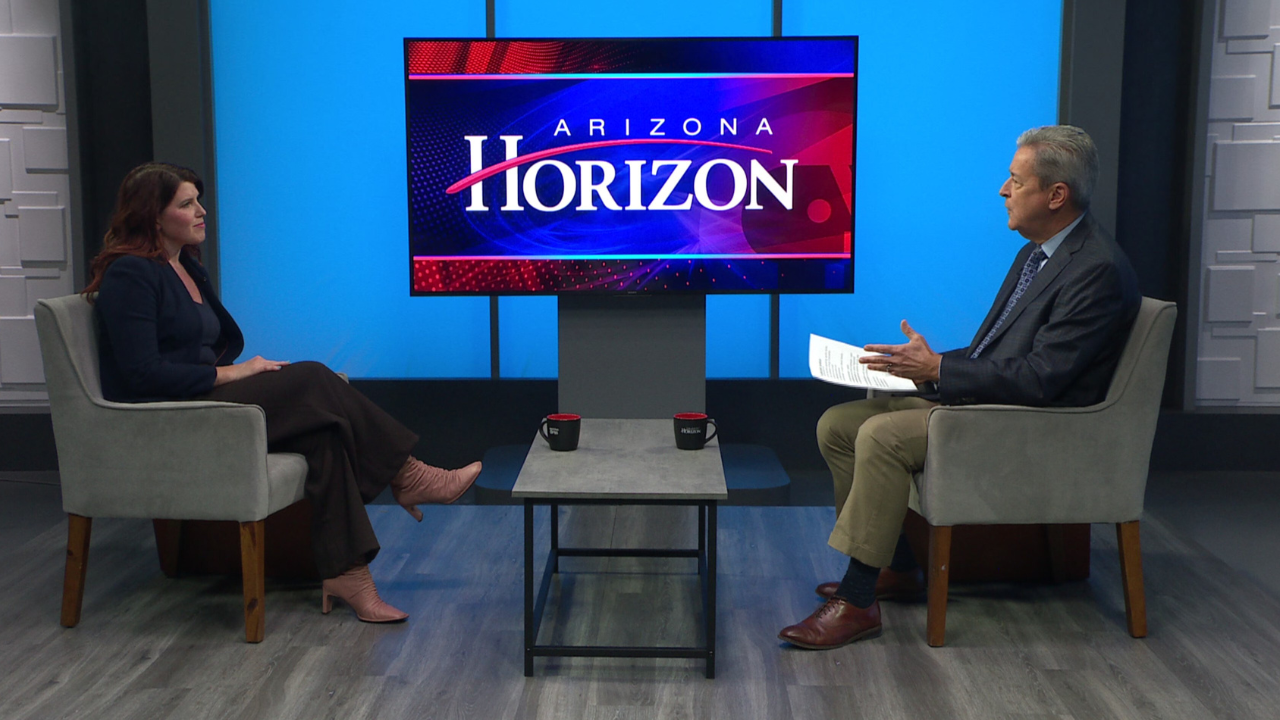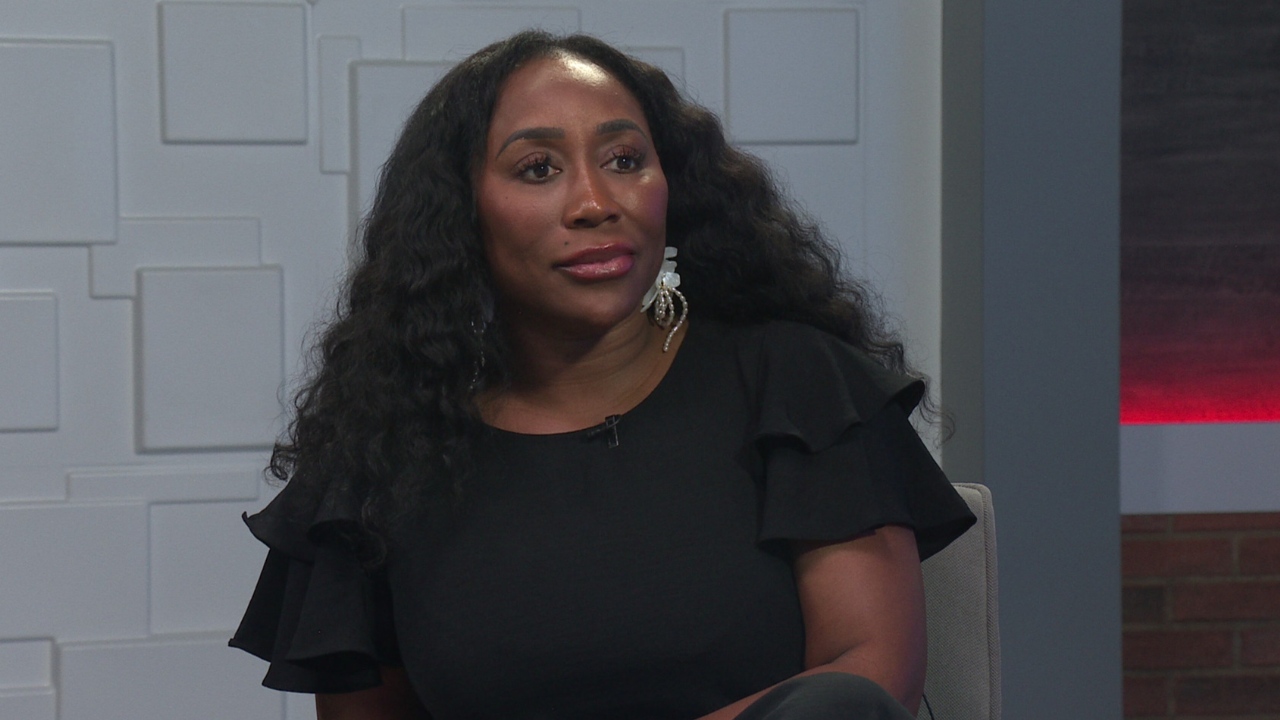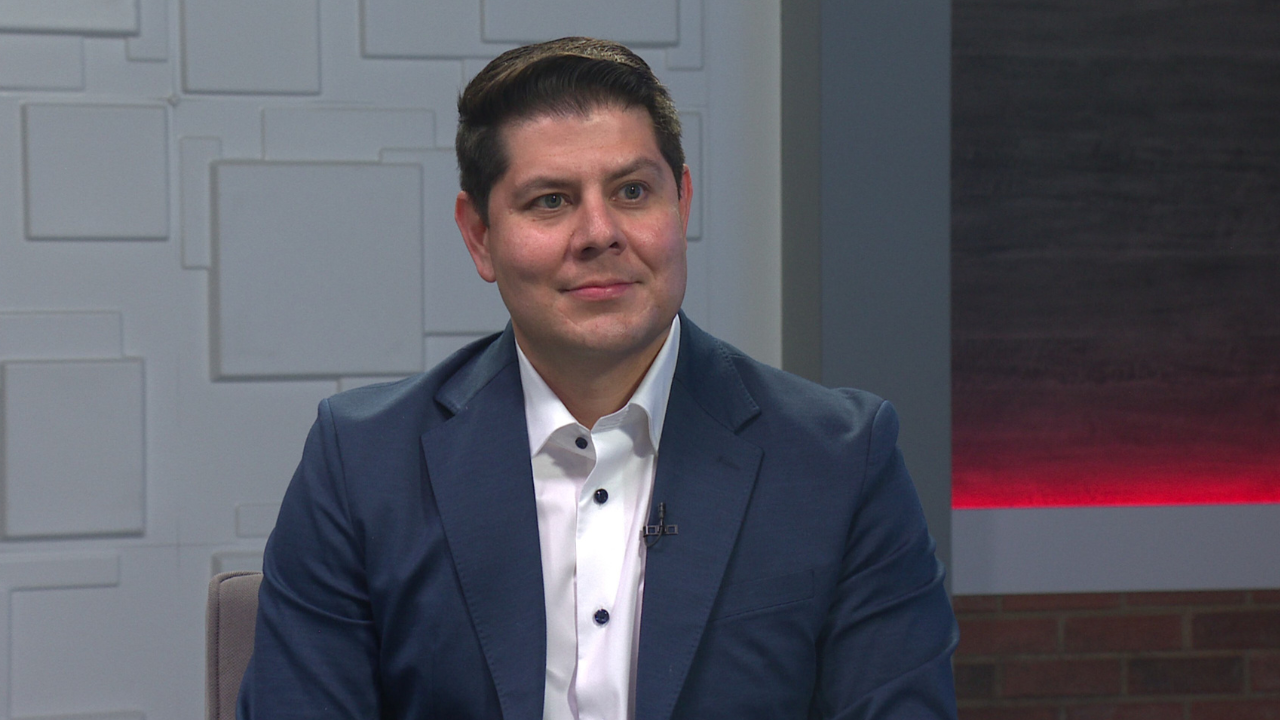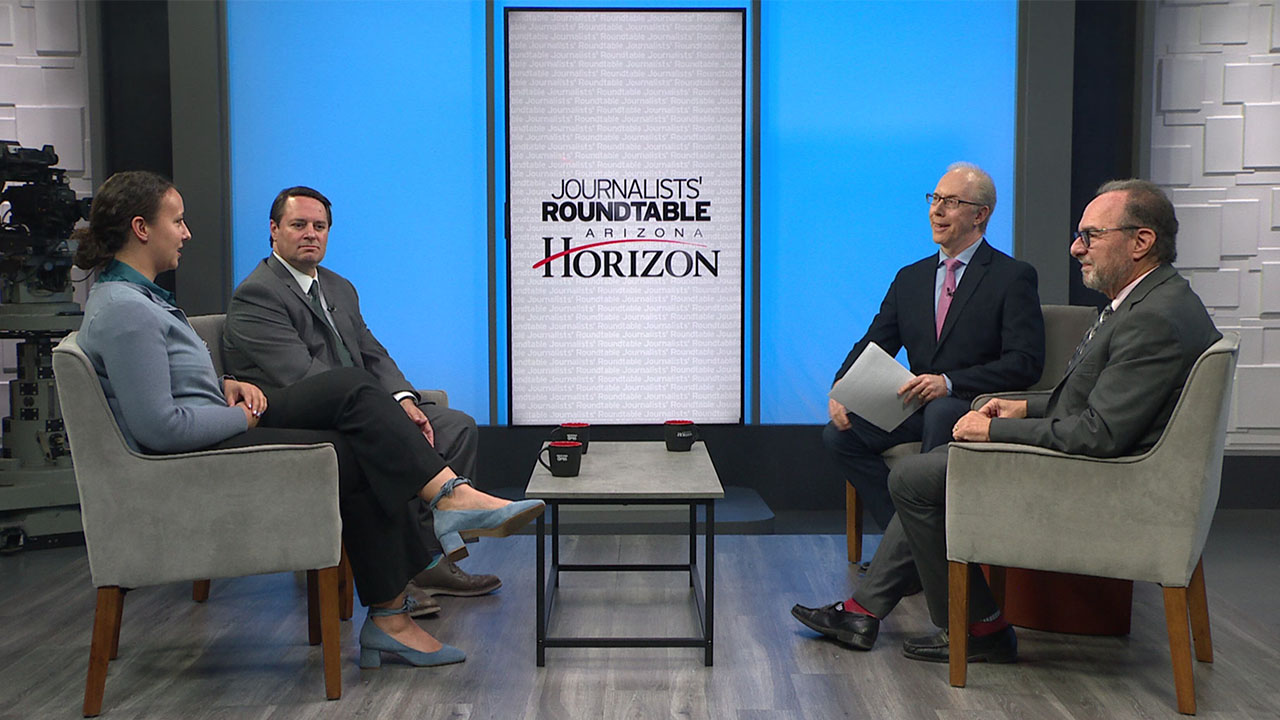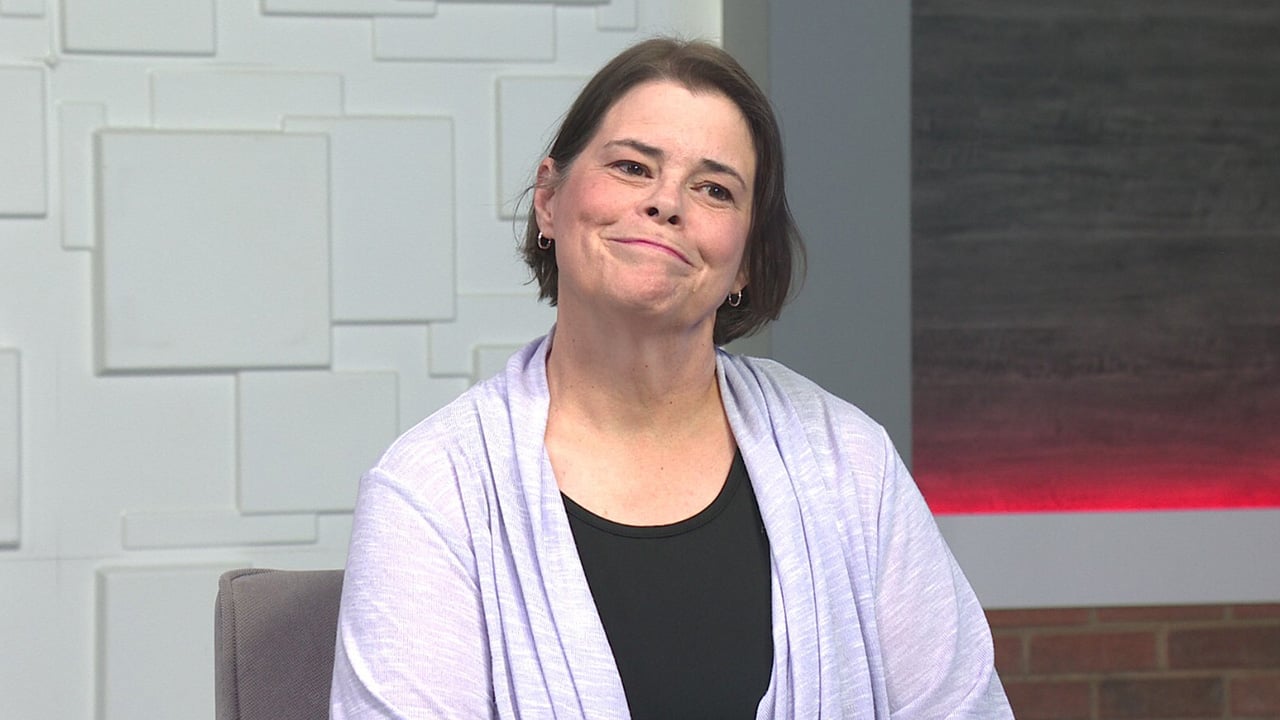
Arizona Horizon
For 40 years, viewers have relied on “Arizona Horizon” for in-depth coverage of issues of concern to Arizonans.

LATEST Arizona Horizon
Journalists’ Roundtable: Democrats sue No Labels Party, possible fluoride ban and more
Dec. 12
This week, Journalists' Roundtable discussed current Arizona politics such as the Democrats' lawsuit against the No Labels Party and more.
Arizona HorizonDec. 9
‘100 Years of Dude Ranching’ celebrates the history of Dude Ranchers' Association
Arizona Horizon
Join host Ted Simons weekdays at 5 p.m. and 10 p.m. on Arizona PBS.
For 40 years, viewers have relied on “Arizona Horizon” for in-depth coverage of issues of concern to Arizonans. From state politics to national news impacting our state, “Arizona Horizon” has consistently provided unprecedented, insightful public affairs programming.
Unlike conventional newscasts, “Arizona Horizon” goes beyond headlines and sound bites. The program’s format of pre-taped reports and studio discussions offers viewers an opportunity to explore all sides of each issue. “Arizona Horizon” reports examine a wide range of subjects including politics, consumer affairs, the environment, business, health concerns and social and legal issues.
While viewers remain our most important critics, Arizona PBS is proud of the many awards “Arizona Horizon” has received from organizations such as the Corporation for Public Broadcasting, the American Bar Association, Associated Press Broadcasters Association of Arizona and the Arizona Press Club. And the Arizona Chapter of the National Academy of Television Arts and Sciences has honored “Arizona Horizon” numerous times with The Governors’ Award, its most prestigious Emmy®.

Help us continue to serve Arizona
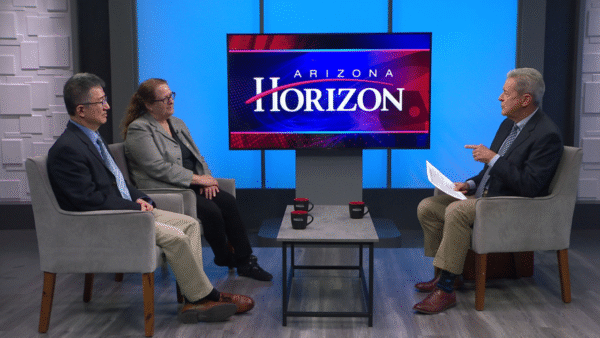
For nearly 45 years, viewers have relied on “Arizona Horizon” for in-depth coverage of issues of concern to Arizonans. Right now your gift to support this important programming will have double the impact, as every dollar you donate will be matched dollar-for-dollar by the James and Barbara Ratcliff Charitable Fund $100,000 gift, so your contribution can go twice as far.

If you have story ideas or topic suggestions, please contact us at horizon@asu.edu.
Watch “Arizona Horizon” weeknights at 5 p.m. and 10 p.m. on air, on our YouTube news channel, AZPBS Now, or catch full episodes online later or on the PBS app.
Ted Simons
Ted Simons is the award-winning host and managing editor of “Arizona Horizon,” the nightly public affairs show on Arizona PBS. Simons moderates discussions with government officials, business leaders and policy makers about the issues, laws and policies that affect Arizonans in their everyday lives. The long-time Valley journalist joined “Arizona Horizon” in 2007.
Prior to joining Arizona PBS, Simons hosted the afternoon drive news/talk show on KTAR radio, worked as news director/morning show host for KZON-FM and news/sports anchor/reporter at KPHO-TV. Simons was also sports director/anchor at KOFY-TV in San Francisco.
Simons has received numerous print and broadcast journalism awards, including the Rocky Mountain Emmys, the Arizona AP Broadcasters Association Award for Radio Talk Show and Radio Newscast, and numerous New Times Best of Phoenix honors.
